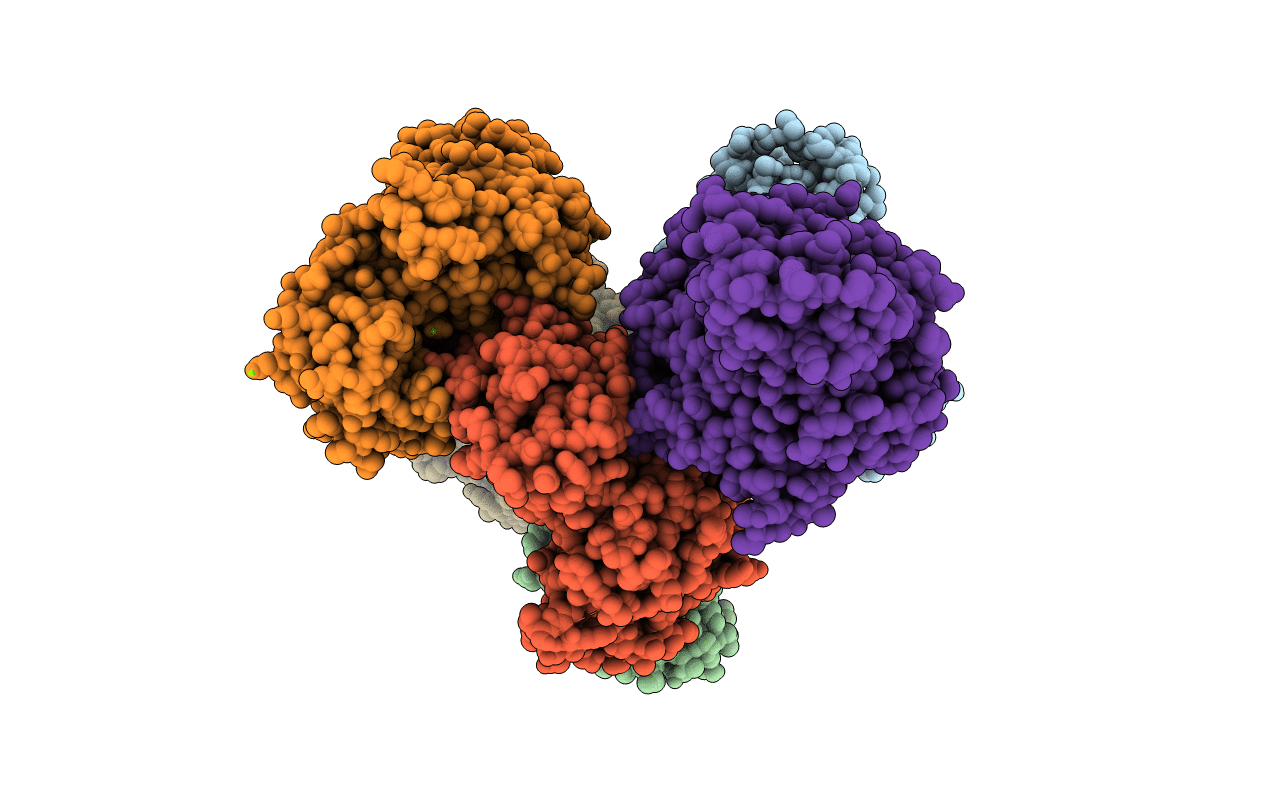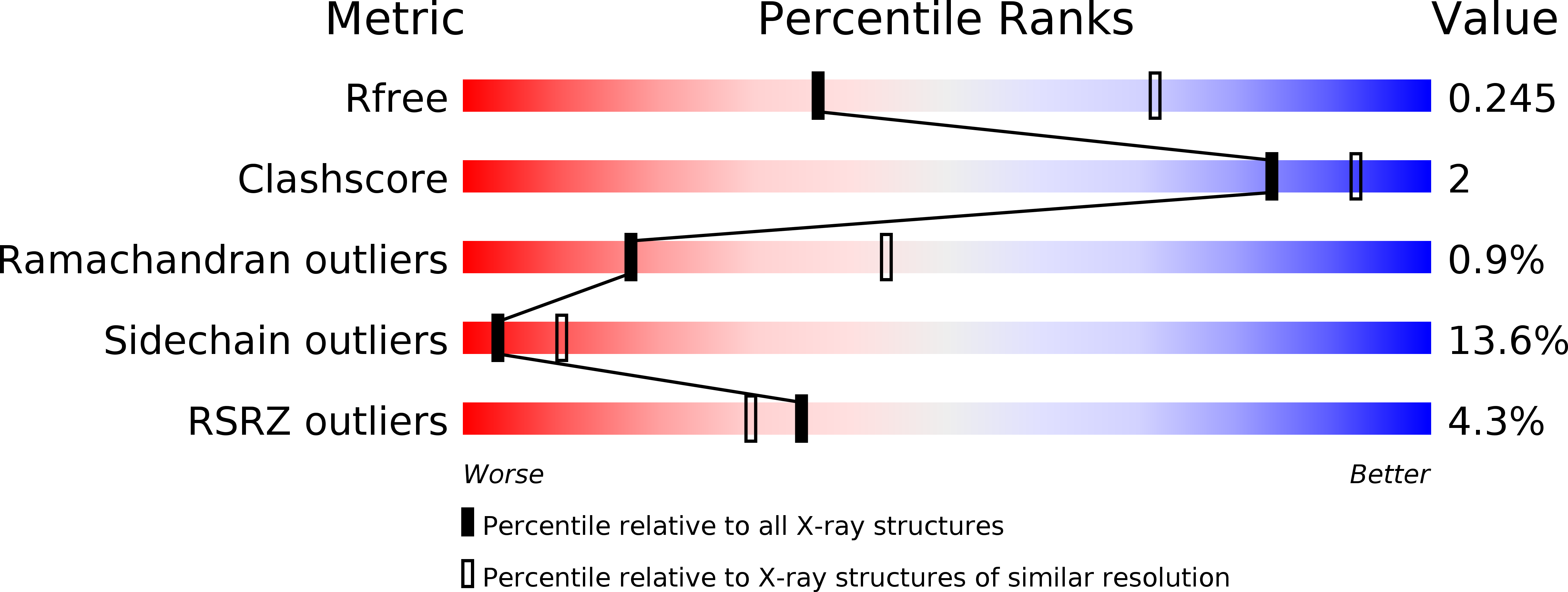
Deposition Date
2017-06-23
Release Date
2017-10-11
Last Version Date
2024-10-16
Entry Detail
Biological Source:
Source Organism:
Tribolium castaneum (Taxon ID: 7070)
Host Organism:
Method Details:
Experimental Method:
Resolution:
2.78 Å
R-Value Free:
0.24
R-Value Work:
0.20
R-Value Observed:
0.20
Space Group:
P 1 21 1


